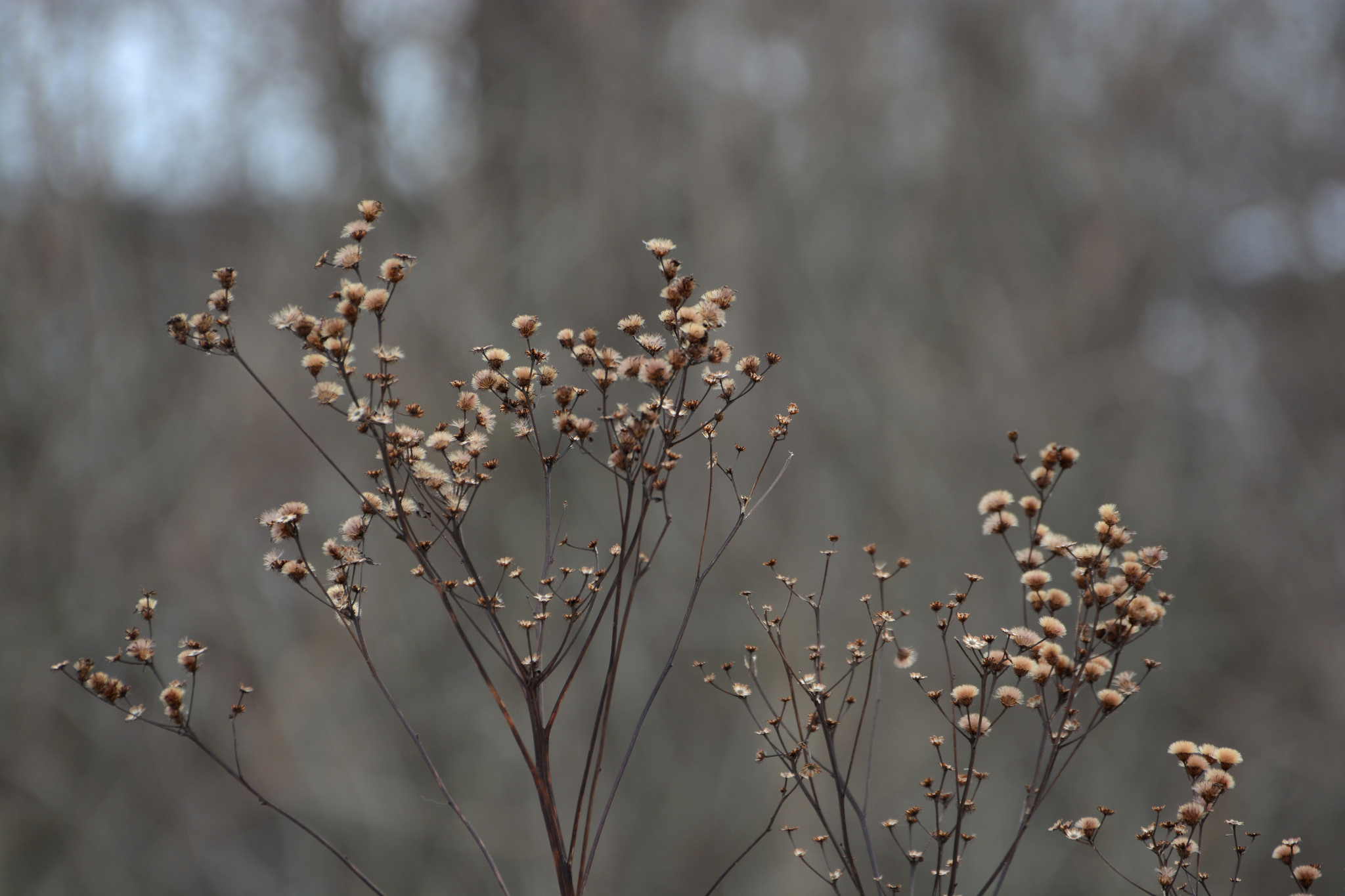The Beauty and Function of Native Landscapes in Winter
Winterberry, Ilex verticillata
Oftentimes, landowners visualize winter landscapes as dull and dormant, but if individuals consider the beauty witnessed in wild spaces throughout all four seasons, they may think differently. When hiking through Pennsylvania’s woodlands and meadows in the ‘dead’ of winter, flashes of bright, red Winterberries (Ilex verticillata) pop when set against a sea ofdormant native Switchgrasses (Panicum virgatum). In the same walk through the woods, hikers can also witness evergreen species such as White Pines (Pinus strobus), Junipers (Juniperus spp.), and Rhododendron (Rhododendron maximum) in their wintery green. Winter interest in the wild landscape persists through the cold and snowy season typical of the Pennsylvania climate. Refugia’s designs draw from local wild spaces, inspiring landscapes that remain interesting throughout all seasons, including the coldest parts of the year.
Not only do Refugia’s projects provide aesthetic enjoyment to land owners year round, but they also create and maintain crucial sources of food and shelter during the winter for birds and small mammals. For example, native grasses such as Little Bluestem (Schizachyrium scoparium) and Switchgrass (Panicum virgatum), maintain their form and structure through the winter while also serving as habitat for ground-nesting bird species. Trees and shrubs that hold their berries, such as Winterberries (Ilex verticillata) and Dogwoods (Cornus spp.), contribute important food sources in a time when browsing opportunities are scarce. Additionally, by leaving leaf litter in garden beds in the fall, Refugia’s ecological land management practices create protected niches for overwintering bees, butterflies, and beneficial insects to await their pollinating duties come spring.
If you are interested in learning more about the potential for beautiful, functional, native winter landscapes, consider attending the ‘Plants with Winter Interest’ course offered at the Mt. Cuba Center on January 26th. The instructor, Anna Wik, will teach participants about the cultural and ecological contexts of native species that we can enjoy through this chilly winter season!
Take a look at some of the native plant species that Refugia employs to provide both winter interest and ecological function all year round.
Redtwig Dogwood, Cornus sericea
American Holly, Ilex opaca
Winterberry, Ilex verticillata
Switchgrass, Panicum virgatum ‘Heavy Metal’
New York Ironweed, Vernonia noveboracensis





